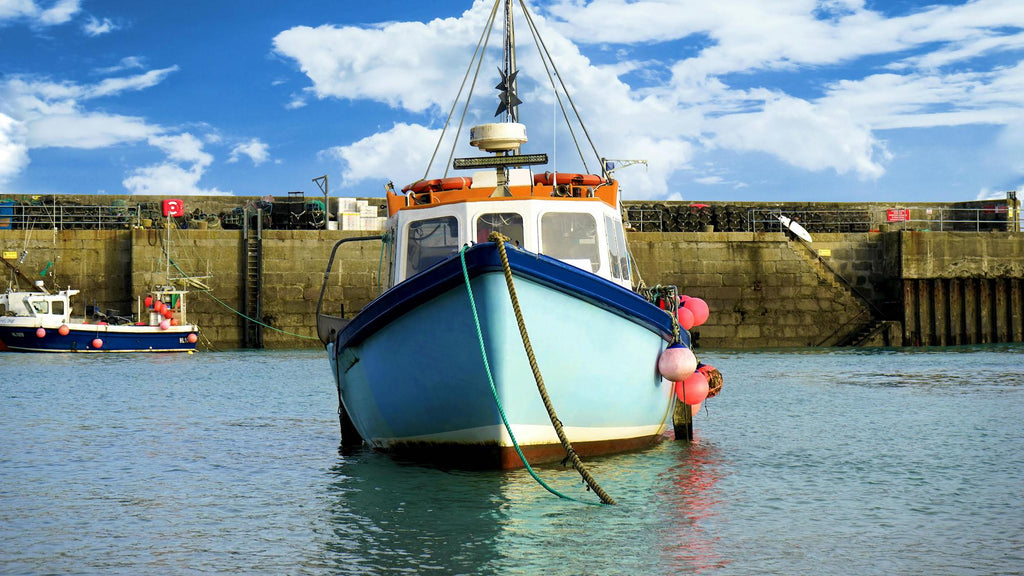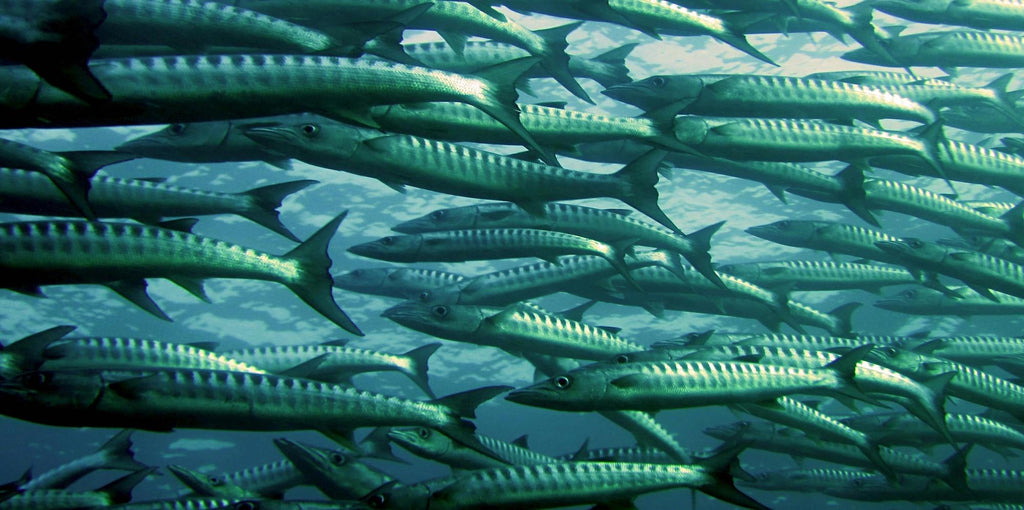If you love fishing like we love fishing, then you know that protecting our marine ecosystems through sustainable fishing practices is vital to the survival of countless species. Sustainable fishing refers to practices that maintain fish populations and marine habitats over the long term, ensuring that the environment remains viable and productive for future generations. Responsible fishing involves methods that minimize environmental impact, such as adhering to quotas and using gear that avoids bycatch.
On a social and economic level, these practices may also bolster local economies by providing stable fishing jobs and supporting communities that rely on fishing as a primary source of income. However, the global impact of overfishing is a threat, leading to depleted species, disrupted ecosystems, and economic losses worldwide.
Current Challenges Within The Fishing Industry

The fishing industry faces several major challenges. The United Nations reports that more than one-third of global fish stocks are overfished, threatening marine biodiversity and food security. Bycatch refers to the unintentional capture of non-target species during fishing, contributing to the decline of various species and affecting about 40% of the world's catch. This issue often harms endangered species, worsening their population decline.
Additionally, habitat destruction from practices such as bottom trawling disrupts marine ecosystems and affects the breeding and feeding grounds of numerous marine organisms. These challenges collectively threaten the health and stability of marine environments, making it harder for them to recover and stay balanced.
Key Sustainable Fishing Practices

Practicing sustainable fishing methods is crucial for protecting our oceans. Line fishing, which targets specific species and reduces bycatch, minimizes harm to the marine environment. Trap fishing, another eco-friendly technique, allows for live catch and release of non-target species, further preserving biodiversity. Additionally, selecting the right fishing gear, such as biodegradable fish aggregating devices (FADs), helps reduce habitat damage and the capture of juvenile fish, promoting healthier oceans.
Fisheries management plays a crucial role in sustainability. It implements quotas and seasonal restrictions that help maintain fish populations at healthy levels. Individual states are generally responsible for fishery management from their coastline out to three miles.
How To Promote & Engage In Sustainable Fishing

To promote and engage in sustainable fishing, both recreational anglers and consumers can take several actionable steps:
For Recreational Anglers:
- Make sure to learn and follow local regulations, such as size limits and season dates to help preserve fish populations. (Such as with tarpon fishing!)
- Use circle hooks to protect the fish you catch, as these hooks grip the mouth's edge instead of lodging in the stomach.
For Seafood Consumers:
- When purchasing seafood at grocery stores or dining out, look for labels and certifications that indicate sustainable practices. For example, the Marine Stewardship Council (MSC) certification ensures that the seafood comes from sources that prioritize environmental sustainability and ethical fishing practices.
Advocating For MPAs:
- If you’re passionate enough about protecting marine environments, consider advocating for the implementation of marine protected areas (MPAs). According to the World Wildlife Fund (WWF), MPAs can help preserve biodiversity, replenish fish stocks, and protect habitats from damaging activities.

By adopting responsible fishing practices, you can contribute to biodiversity conservation and the sustainability of our oceans. Grateful Diver and Grateful Angler are committed to protecting our coral reefs and native marine species through resourceful and sustainable methods. Whether you’re hunting lionfish or catching tarpon in the Keys, make sure you’re protected from the elements with our UV shirts, neck gaiters, or hats. A portion of every purchase benefits Reef Relief, ensuring our fishing population stays strong and plentiful.

